Barcode country of origin: What is it and How does it work?
Is it easy to determine the barcode country of origin?
In 2015, a post that claimed that goods with prefixes beginning with zero were produced in the USA and Canada while those with prefixes beginning with 690–699 were produced in China, went viral.
Dave Aston makes the opposite claim in an effort to convince customers to choose goods made in these two countries over goods made in China.
The argument is still going strong more than five years later as other participants make comparable assertions.
So can you check the country of origin from a barcode? Let’s discover the truth!
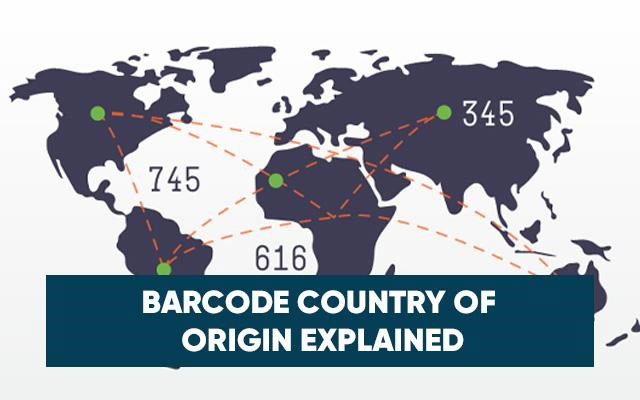
A full guide on barcode country of origin
What Is A Barcode?
A barcode is an image made up of parallel black and white bars that may be scanned by a barcode reader.
It is a representation of text and numbers that is machine-readable. Products are given barcodes so that they may be instantly identified.
Barcodes have a wide variety of applications, they are frequently employed in retail establishments as a part of the purchasing process.
They are also used on invoices to make accounting more practical as well as in warehouses to track and manage inventories.
Barcode components
-
Quiet Zone
A barcode's Quiet Zone is a blank space found at each end.
Barcodes must be separated by a minimum of 2.5 mm, measured from the outermost bar of one barcode to the outermost bar of another.
Barcodes are challenging for a scanner to read if a Quiet Zone is too narrow.
-
Start Character/Stop Character
The beginning and conclusion of the data, respectively, are represented by the characters known as the Start Character and the Stop Character.
Depending on the type of barcode, there are different characters.
-
Check Digit
The Check Digit is a digit for verifying that the encoded barcode data is accurate.
-
Data
The characters that follow the Start Character are the barcode data. The entire product's information is contained in these figures.
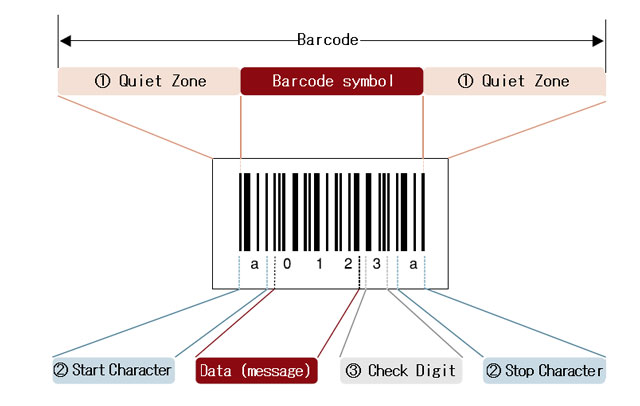
Barcode components
Barcode types
UPC (Universal Product Codes) is one of the most widely used barcode kinds. Retail products are labeled with the help of this barcode.
Almost every sale item in the market and in every grocery store in the US has it. It is a 12-digit number with just numeric characters.
The first six digits of the barcode are a unique number that GS1 assigns to each product.
The following five digits are assigned by the product's maker.
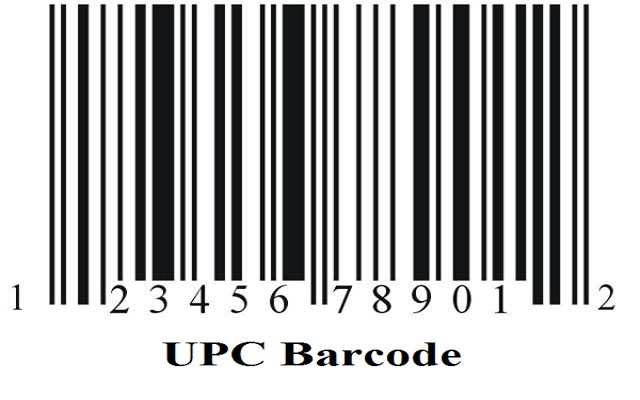
Universal Product Codes
Each product has a distinct UPC that is used by its producers to identify it.
They can digitally scan and trace the product with the use of these barcodes.
To track mail and packages, many top-notch management programs have the capability to scan these barcodes.
Users may simply monitor where their stuff is and when they will receive it thanks to this.
Other type of barcodes that are frequently used are:
-
CODE 39
The United States Department of Defense has chosen CODE39 as a military standard because it allows for the depiction of alphabetical characters (MIL-STD).
It is frequently used for AIAG, ODETTE, and EIAJ tags as well as in the field of factory automation (FA).
Numbers 0 through 9, symbols like "-," " (space), "$," "/," "+," "%," and ".," and alphabetical letters can all be used to encode data (A to Z).

CODE 39
-
CODE 128
All 128 ASCII characters are encodingable with CODE128.
It is mostly utilized in the sectors of office automation (OA) and factory automation (FA).
The entire ASCII set of 128 characters can be used to encode data.
It consists of three code sets.

CODE 128
-
GS1-128
This barcode was designed as a data carrier to make it easier for organizations to send information to one another.
It comes with a list of application IDs that allow it to not only encode the data but also define its meaning.

GS1-128
-
EAN-13 & EAN-8
You may frequently see these barcodes on consumer goods including food, footwear, and clothing and are scanned at the point of sale.
EAN-13 uses 13 digits, while EAN-8 uses only 8.
The latter is particularly helpful for scanning items with limited label space, like confectionery.
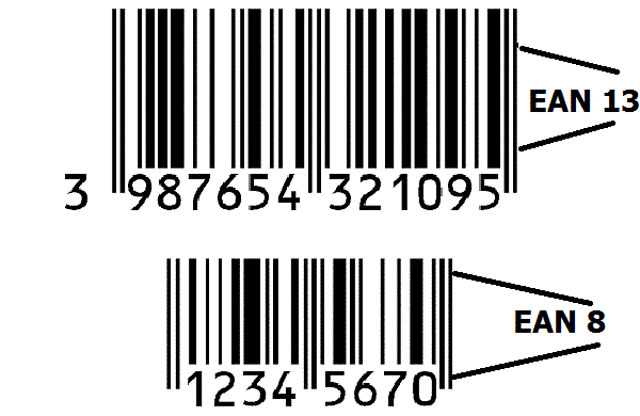
EAN-13 & EAN-8
-
ITF-14
This particular barcode is a hybrid of logistical and point-of-sale barcodes.
It is capable of handling high printing tolerances and employs a 14-digit number.
This is very helpful if you need to print barcodes on cardboard.
This barcode is typically used for transactions involving non-POS (point of sale) products.
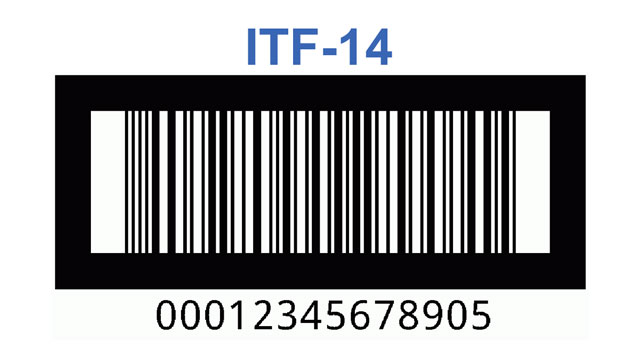
ITF-14
Barcode scanner
A barcode scanner, also known as a barcode reader, is a tool that reads and decodes the data that a barcode contains.
The four parts of a traditional barcode scanner are as follows:
-
Light source: This aids in the accurate reading and decoding of the data that is encoded in a barcode.
-
Lens: Read the barcode.
-
Photoconductor: Optical impulses are converted into electrical ones.
-
Decoder: This interprets the data from the barcode and transmits it to the output port of the scanner.
Barcode readers (like the NETUM Bluetooth Barcode Scanner) can read the data, connect to a host computer or tablet, and transmit it instantly without further human involvement.
This aids retailers in automating data collection procedures and decreasing human error in point-of-sale transaction processing and inventory tracking.
You can learn more about the barcode inventory system in Barcode Live!

Barcode scanner
You may be interested in other barcode scanners, take a look
How Do Barcodes Work?
A barcode is a method of encoding data into a visual pattern that a machine (a barcode scanner) can read.
The barcode's elements, often known as the mix of black and white bars, indicate different text characters that adhere to a predetermined algorithm.
A barcode scanner will be able to read this pattern of black and white bars and convert it into a line of text that your retail point of sale system can read.

How do barcodes work?
What Types Of Information Can You Find In A Barcode?
Have you ever wondered what data a barcode contains?
A barcode contains details about products, including barcodes price, barcode sizes, weight, production and expiration dates, names of the manufacturers, and other information.
For this reason, barcodes are assigned by an international organization.
There is a distinct barcode on every product in the world.
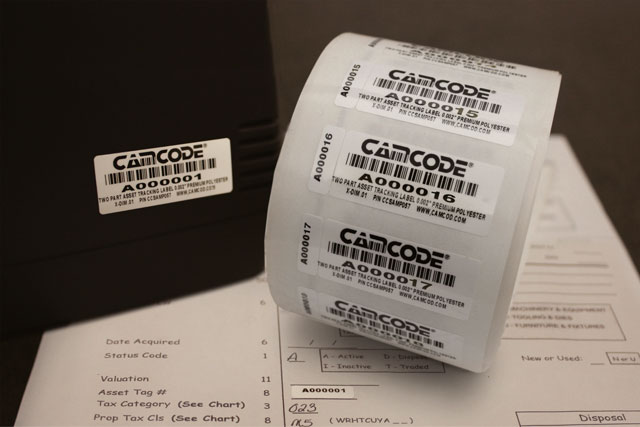
What types of information can you find in a barcode?
Read next: Barcode on postcard
Do barcodes show country of origin?
A product's country of origin cannot be determined by a barcode. In other words, barcodes do not reveal the nation of origin of a product.
It is just a distinct set of digits, which doesn't include any information about the goods (or the business).
The only connection that can be made between a barcode and a product is on a retailer's computer system.
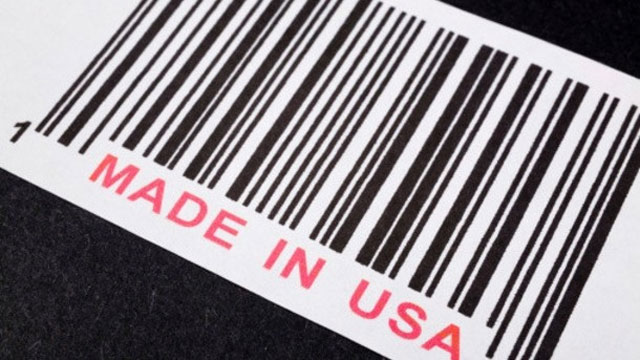
Barcodes con’t indicate the country of origin of a product
The only information a barcode's initial few digits can provide is information about its source (not where the product originated from).
It is irrelevant from whatever country a barcode originated because they can be used anywhere in the world.
If you base your decision to purchase a product on the first few digits of the bar code, you run the risk of only patronizing giant national franchises and ignoring tiny local businesses.
Many new and small enterprises in your community expand, develop, and manufacture their goods there, yet they purchase their barcodes from a vendor in another country.
Many of the tiny, regional businesses in your area utilize barcodes that were developed in another nation.
Sometimes it might be difficult to determine a product's "country of origin," but if you want to support your local businesses, don't rely on the country of origin by barcode.
So, “can you tell country of origin by barcode?”, the answer is NO.
Instead, for information on this, carefully read the remainder of the packing.
Does the barcode number include the product's price?
No, of course. There is no special product information stored within a barcode; it is simply a unique number.
The barcode is meaningless unless the product information is loaded into a retailer's software program.
The store will insert the product's barcode number, description, cost price, sell price, and reordering information into their software system when you deliver the product to them.
Then, anytime your barcode is read at the checkout counter, the program looks up the barcode number and displays the product information and price on the screen.
The price (or other product details) associated with your barcode number may be altered at any moment by the store.
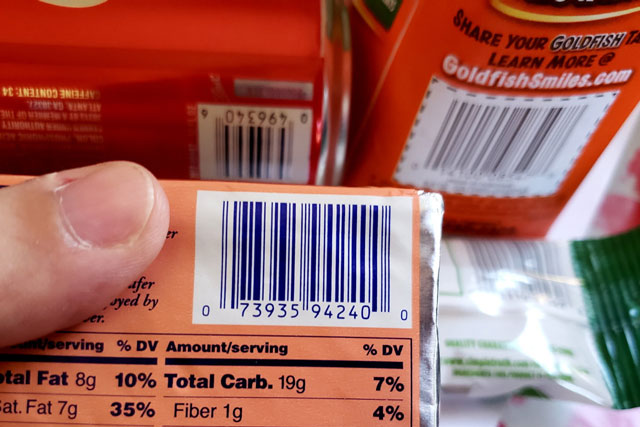
The product price isn’t included in the barcode number
When you purchase a unique barcode number, you receive a number that is only usable by you.
This implies that the only barcode number on the system of every store you approach to sell your goods will be yours (there will never be a double up).
If you stop selling a product, you can use the same barcode number on another product.
However, you must inform the retailer and make sure that the two products are not delivered at the same time.
Does my product need a barcode for Amazon?
Although the bulk of Amazon's products require barcodes, some products might not.
If you are unsure whether a barcode is necessary for your specific goods, you can find out by looking at your product category.
For illustration, suppose your product falls under the MP3 category: Consumer electronics > Audio or Video > Audio DEVICE > MP3 Player is a category under all product types.
The item name, manufacturer, manufacturer part number, and barcode number are necessary components to list in this category so that customers can easily find them when doing Amazon barcode search.
Every other field is optional.
So, if your product falls under the MP3 category, it must have a barcode.
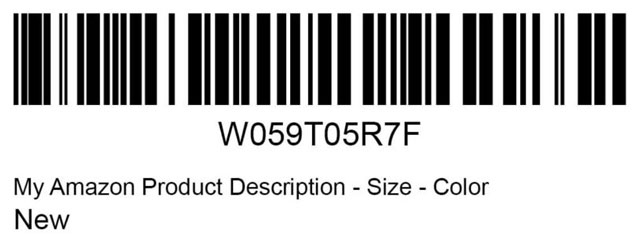
Your product may or may not need a barcode for Amazon
The current barcode country of origin list is shown below:
000 - 019 | U.S. and Canada | 020 - 029 | Restricted distribution |
030 - 039 | U.S. drugs (see U.S. National Drug Code) | 040 - 049 | Restricted distribution (MO defined) |
050 - 059 | coupons | 060 - 099 | U.S. and Canada |
100 - 139 | U.S. | 200 - 299 | Restricted distribution |
300 – 379 | France and Monaco | 380 | Bulgaria |
383 | Slovenia | 385 | Croatia |
387 | Bosnia & Herzegovina | 389 | Montenegro |
400 - 440 | Germany | 450 - 459 | Japan |
460 - 469 | Russia | 471 | Taiwan |
… | … | 880 | South Korea |
885 | Thailand | 888 | Singapore |
893 | Vietnam | … | … |
Since there are many types of barcodes, the first digits will have different meanings.
For example, the EAN-13 code has two numbers that identify the number system.
From the point of manufacture till the point of retail sales, barcodes are used to identify products along the whole supply chain.
For the product that it symbolizes, every barcode is distinctive.
Conclusion
As a result, you can draw the following conclusions about what a barcode is, how it works, and the many types of barcodes. You can also respond to inquiries about barcode country of origin issues and know what information can be obtained from barcodes.
![Barcode Sizes Explained & FAQs: An Ultimate Guide [The Latest]](https://barcodelive.org/filemanager/data-images/imgs/20221031/Barcode-Sizes-Tutorial_1.jpg)
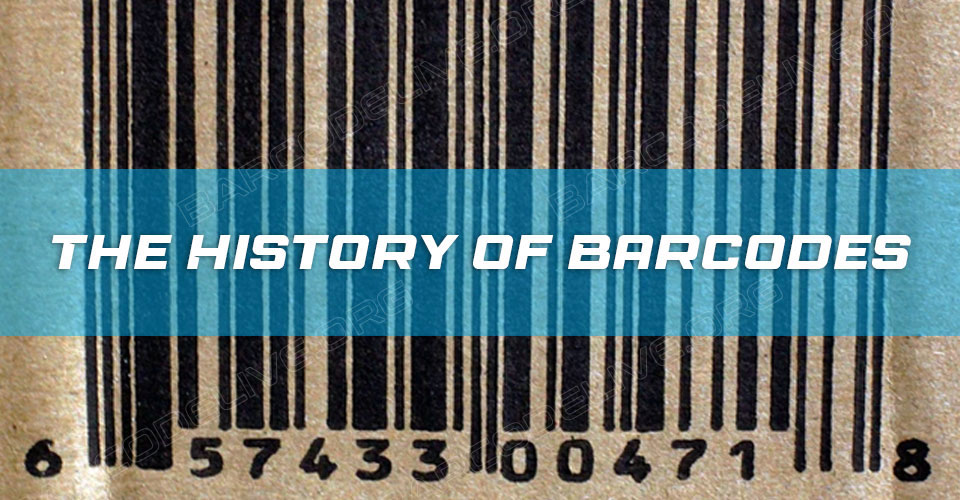
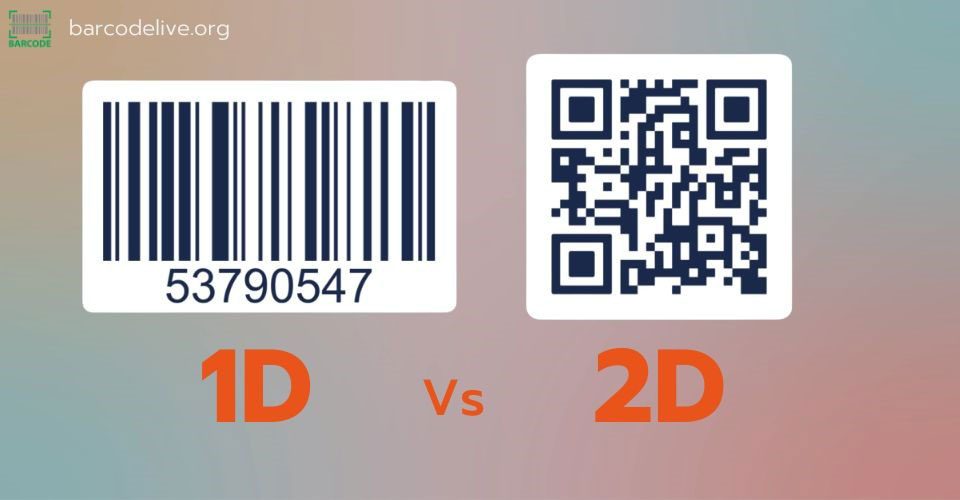
11 Comments
khhsa
if the locals shops in my country lets say are getting products from indonesia which are made there but the original company is from Israel or say its the frenchise of it ? so will the profit willl go to israel ?
Leave a Comment
Your email address will not be published. Required fields are marked *Manjari Kade
Thank you for the guide!
Leave a Comment
Your email address will not be published. Required fields are marked *Barcodelive
You are welcome
Leave a Comment
Your email address will not be published. Required fields are marked *Edward Morgan
Does scanning a barcode make you sure the product is original?
Leave a Comment
Your email address will not be published. Required fields are marked *Barcodelive
Scanning a barcode just makes sure that the barcode has been read. What that barcode means is completely arbitrary and unknowable.
Leave a Comment
Your email address will not be published. Required fields are marked *Helen Thomas
Is 460 a Russian bar code?
Leave a Comment
Your email address will not be published. Required fields are marked *Barcodelive
Yes, as you can see on the table provided. 460-469 is Russia barcode
Leave a Comment
Your email address will not be published. Required fields are marked *Jackie
Very comprehensive
Leave a Comment
Your email address will not be published. Required fields are marked *Barcodelive
Thanks
Leave a Comment
Your email address will not be published. Required fields are marked *Amrita Bhasin
Would the same product have the same barcode at a different location?
Leave a Comment
Your email address will not be published. Required fields are marked *Barcodelive
Yes, it is especially true for Walmart. Walmart is using the GS1 database. All the products they are selling, are registered at that database and therefore have the same barcode.
Leave a Comment
Your email address will not be published. Required fields are marked *Leave a Comment
Your email address will not be published. Required fields are marked *